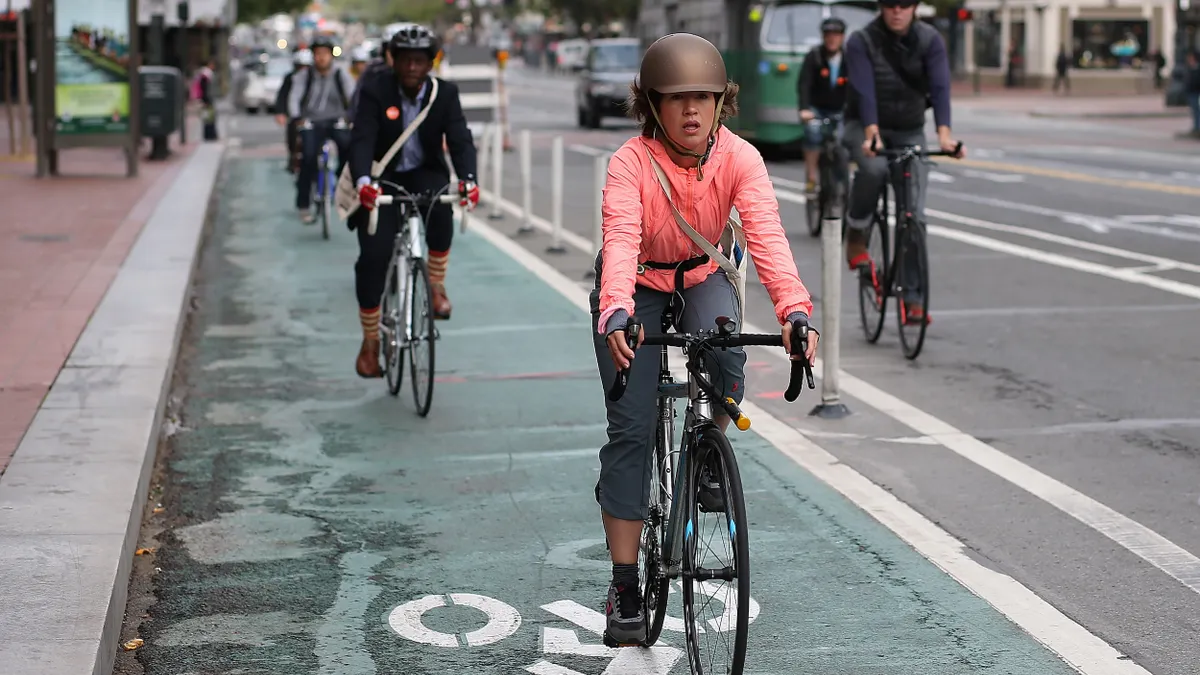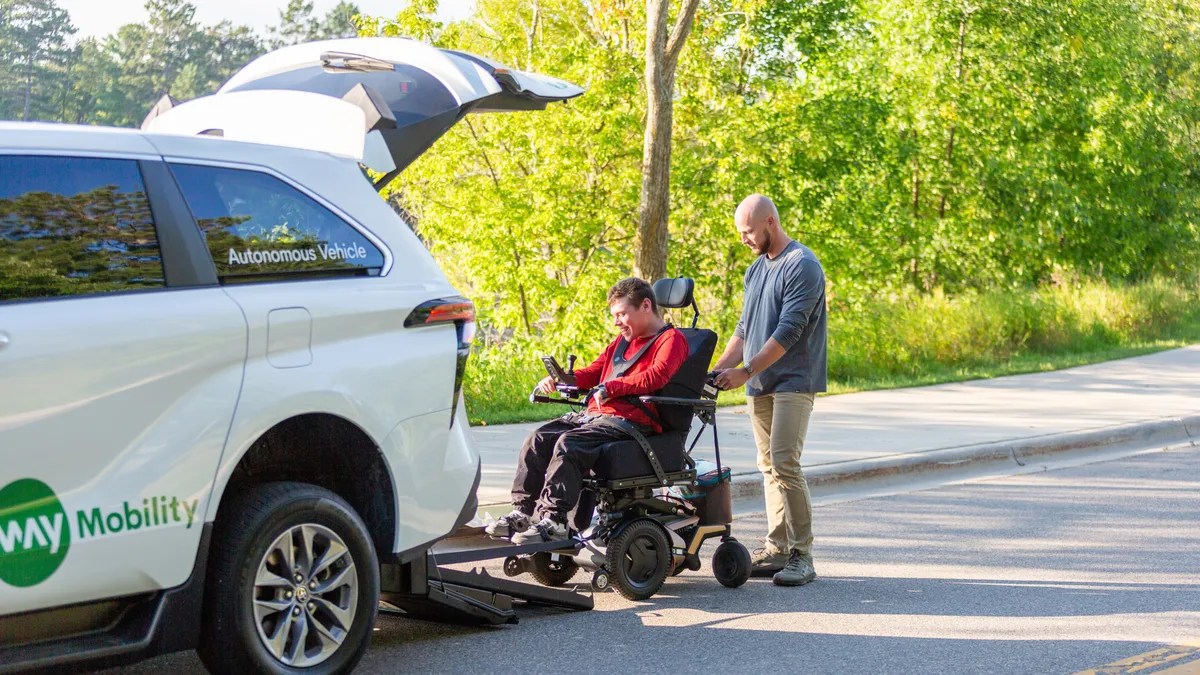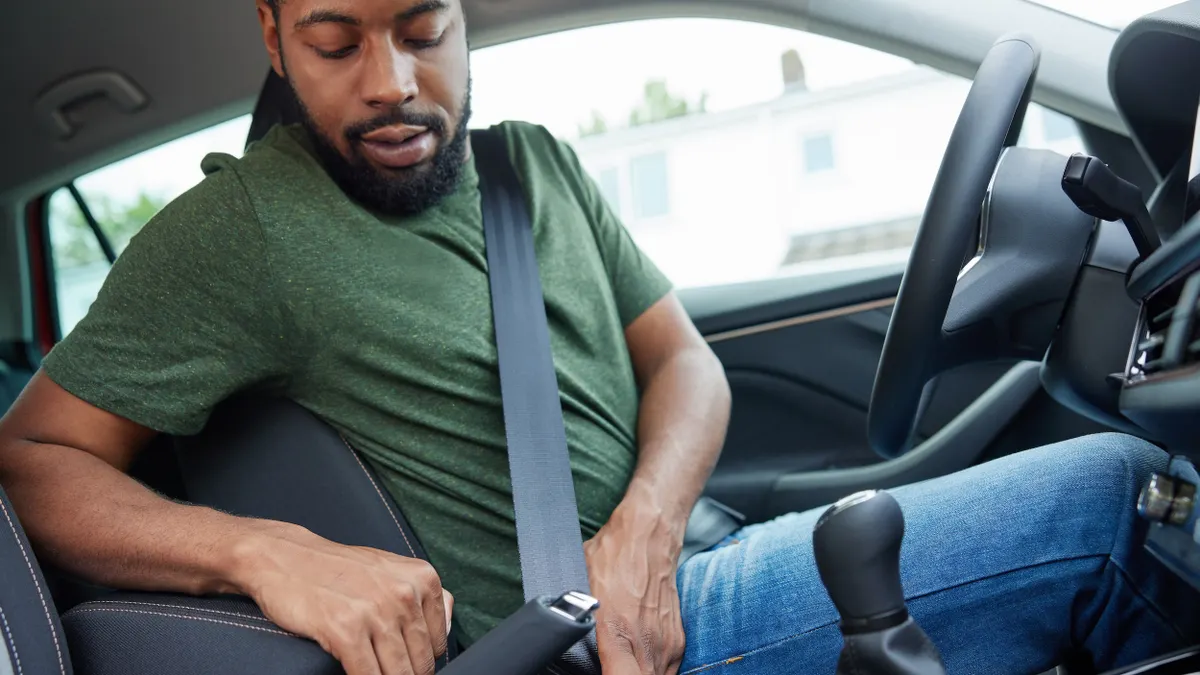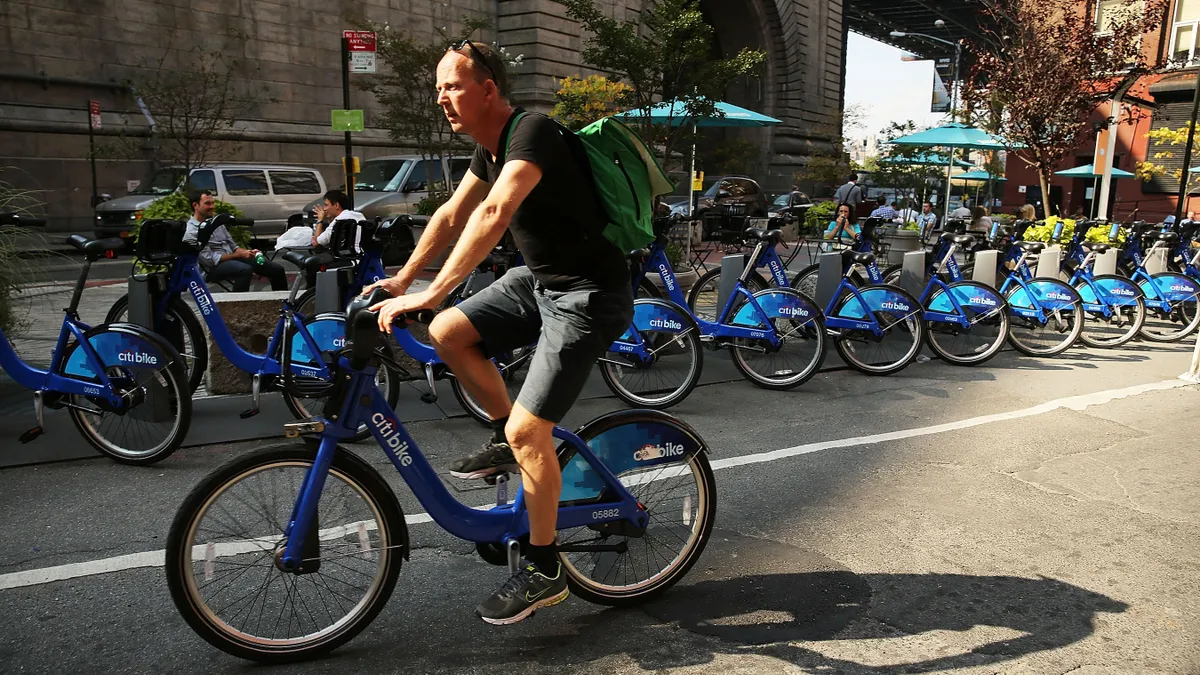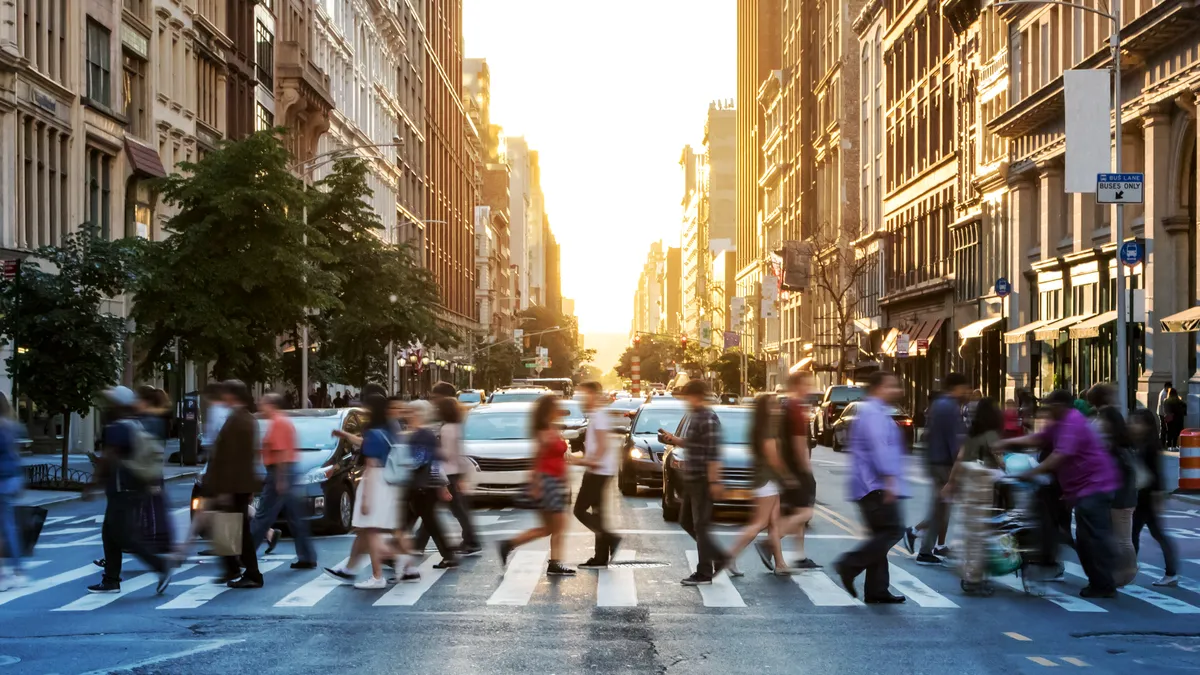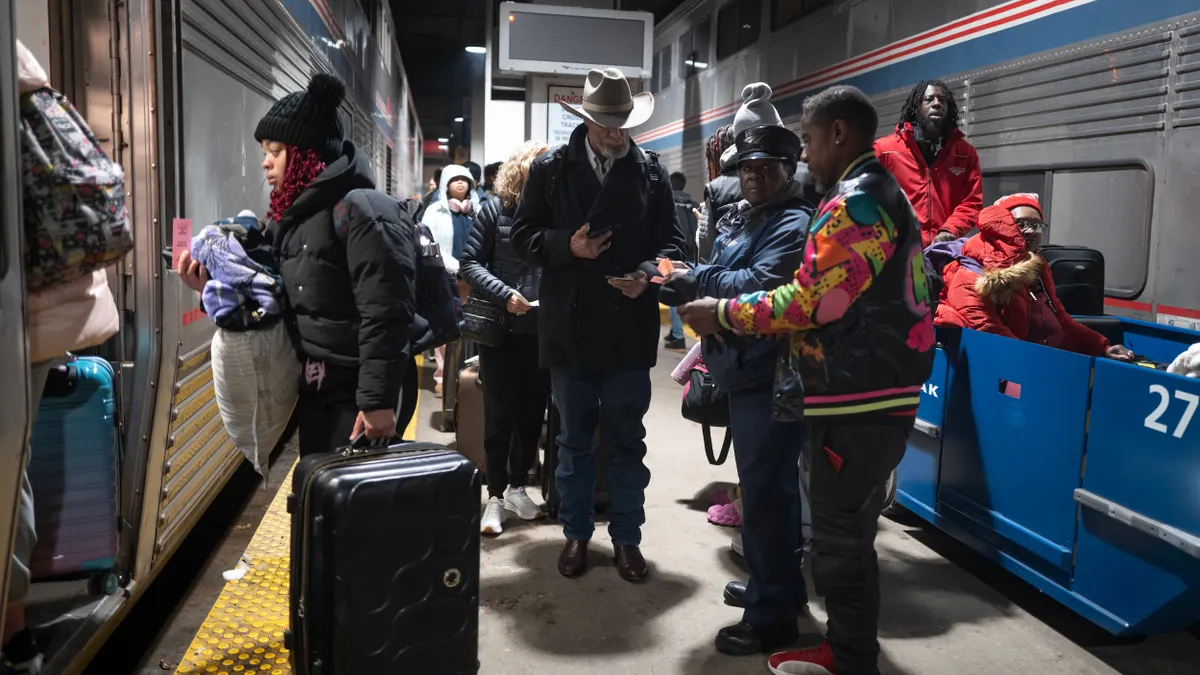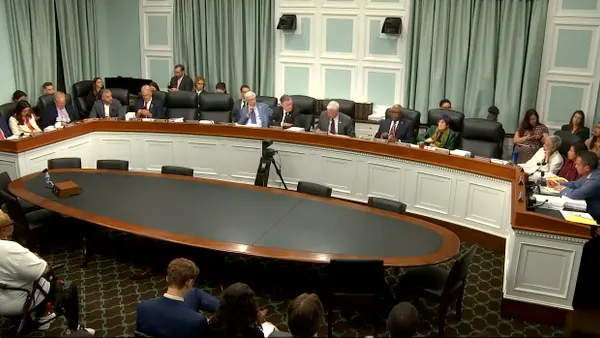Editor's Note: The following is a guest post from Jonathan Sparks, VP of IoT products at ServiceNow.
COVID-19 is disrupting so many facets of our lives, including the way we will celebrate this holiday season. Online shopping, which has consistently grown over the last several years, has surged during the pandemic and promises to peak at over $189 billion in online holiday spend this year.
Experts have forecast a "shipmageddon" this winter, with extreme delays as already overburdened shipping companies struggle to keep pace with rising demand — and cities may acutely feel the impact. As delivery trucks crisscross main streets, double park on busy streets to offload packages and create mazes of gridlock, traffic could come to a grinding halt.
Emerging technologies like IoT-enabled devices and artificial intelligence (AI) will play a critical role in helping transportation companies avoid extreme delays, for both holiday gifts and drivers. By harnessing these technologies, packages can get out on time and cities can make certain that congestion does not rise to extreme levels, ensuring that the holiday season remains the most wonderful time of the year.
Getting packages on their way faster
For logistics companies, the holiday season is already the equivalent of the Super Bowl. With the projected exponential rise in online shopping this year, the spotlight on these companies will get brighter — and there will be less room for failure.
As inventory comes and goes at all hours of the night, IoT-enabled pallets will provide managers with a single view of the warehouse and offer increased opportunities for organization and optimization of deliveries. Using AI, spacing can optimize the placement of packages for distribution, removing the need for workers to zig-zag across the warehouse to get packages into trucks.
When packages are closely monitored and directed with AI on a single platform, all teams involved in shipping have visibility into the same streamlined data, and managers can keep their focus on sending out trucks at a steady and regulated pace. This consistent rhythm keeps distribution normal and ensures that cities aren’t overburdened with too many trucks at the same time.
By combining the power of IoT and AI, logistics companies can further streamline the distribution of packages. Something that will be critical given the incredible volume of boxes, containers and parcels that will be entrusted to them for safe and timely deliveries.
Of course, shipping companies can only control so much. Cities have a role to play in combating the "shipmageddon" as well.
Keeping traffic rolling and curbs clean
Managing traffic in major metropolitan areas has long been a struggle, and anyone who has driven in a large city can personally attest to the opportunities for improvement. It should be of no surprise, then, that many cities – from Columbus, OH to Austin, TX to Los Angeles – are already turning to technology to address congestion. The impending rise of holiday deliveries will put these systems to the test.
Many of the devices used to help mitigate traffic jams and keep vehicles flowing through cities leverage remote controlled devices like changeable speed limit signs, radar, stop lights and road signs. All of them will need to work overtime this holiday season to endure wave after wave of delivery trucks. However, if everything is not working in harmony, streets can quickly become mired in gridlock with trucks needing to drop off deliveries on already crowded streets.
A single location to control all these critical systems and provides a comprehensive street-to-street view is essential for keeping pace with rising traffic problems.
By incorporating IoT and AI across traffic devices, cities can ensure that changes made to reduce traffic levels are reflected everywhere. If an IoT-connected road sign tells drivers to divert to a particular street due to construction, AI can alert the stop light on that street to change its timing to accommodate for the increased number of cars and allow for more packages to get to their destination on time.
Cities can also utilize IoT to ensure that these tools are in working order. A stoplight going down in the middle of the day can back up a city for hours – the kind of a backup during peak delivery hours that can envelop an entire neighborhood.
With information such as location and time of the stoplight failure, in a single platform, city officials can keep track of all devices on the network and use early detection to fix an issue before it devolves into a traffic nightmare and schedule maintenance during off-hours to reduce congestion. With IoT monitoring, device downtime is reduced, and, in some cases, issues are resolved even before drivers are aware of a problem.
The future of deliveries is now
Even when all these systems work in harmony, there will still be traffic and delays can happen. IoT-equipped devices can detect backups before they begin, and AI can push out an alert to inform drivers. Cities that utilize IoT technology can quickly share traffic data with delivery companies to alert dispatchers to hot spots and reroute trucks accordingly to avoid layering on to backups. Likewise, delivery companies can alert customers to updated timelines based on traffic data, keeping them informed with the latest.
Though the surge in online shopping is unavoidable this year, the "shipmageddon" scenario can be prevented. Delivery companies and cities need to leverage technology like IoT and AI to ensure a smooth holiday delivery season as well as a reliable and streamlined process all year round.
By deploying these technologies now, everyone wins. The city of the future will be digitally connected, and the sooner that services like delivery begin tapping into that vision, the sooner we can start to reduce chronic issues like holiday congestion and shipping delays.







